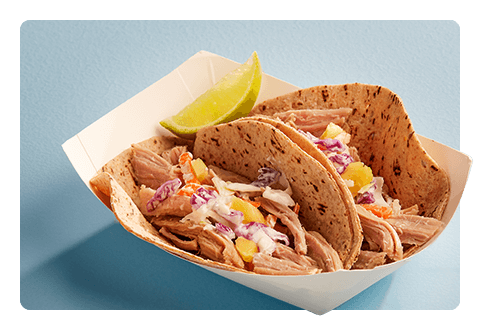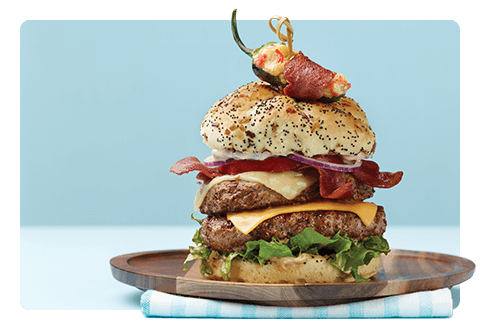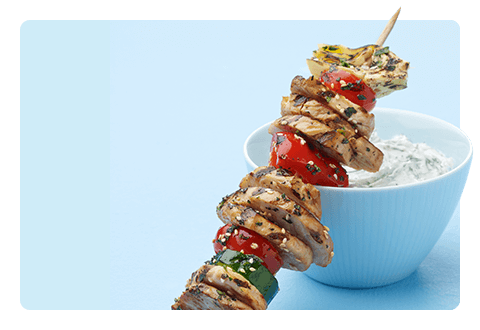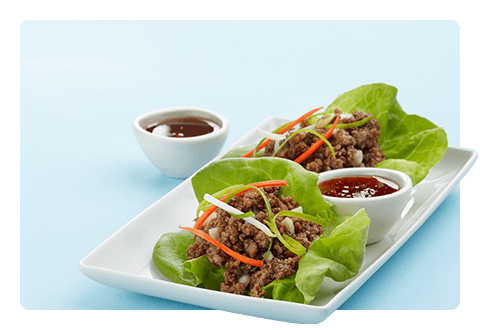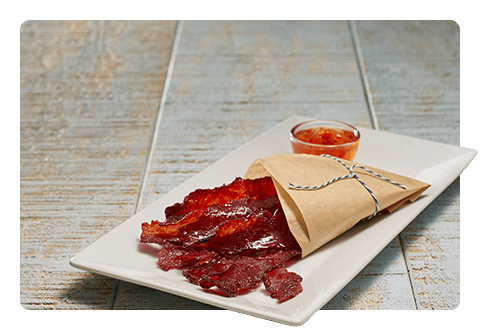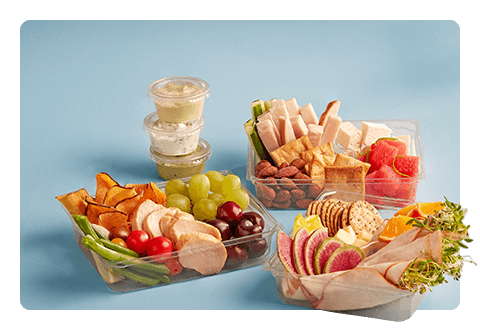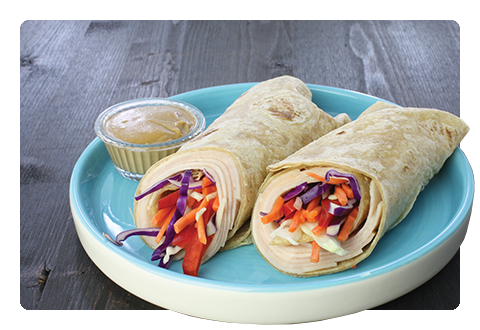What every K-12 operator should know about food allergies
July 2022

Preparing healthy, quality foods for kids in K-12 schools is challenging enough without the added stakes of potential food allergy reactions. Read on to learn about the most common food allergies among students, and how you can minimize the chance for allergic reactions.
What is a food allergy?
Food allergies occur when the body’s immune system mistakenly recognizes certain foods as harmful, producing specific and consistent responses that can be severe, or in the case of anaphylaxis, life-threatening. An estimated 8% of children in the United States deal with food allergies—that’s 1 in 13 children, or 2 students per classroom. Every foodservice operator should be able to identify common allergy-triggering foods and take steps to prevent reactions.
What foods cause allergic reactions?
Most schools are aware of peanut allergies, thanks to the popularity of peanut butter in lunches and snacks. But K-12 foodservice operators should also be aware of 9 common allergens responsible for 90% of kids’ reactions: milk, peanuts, eggs, soy, wheat, tree nuts, fish, shellfish and sesame.
How can operators avoid allergic reactions in kids?
Fortunately, foodservice operators can take action to reduce the likelihood of allergic reactions in students. The CDC’s Voluntary Guidelines for Managing Food Allergies in Schools and Early Care and Education Programs provide a fantastic resource for practical information. The guidelines include the roles of school administration and staff, along with actions they can take to meet these five priorities:
- Ensure the daily management of food allergies for individual children.
- Prepare for food allergy emergencies.
- Provide training on food allergies for staff members.
- Educate children and family members about food allergies.
- Create and maintain a healthy and safe educational environment.
Incorporating these steps into everyday foodservice protocols and keeping administration and staff informed by including these priorities in every school’s or ECE program’s Food Allergy Management Prevention Plan will prepare operators to serve more students more safely.
Take these steps to maintain a healthy and safe environment for all students:
- Be able to recognize students with food allergies and food allergy disabilities in the cafeteria.
- Familiarize yourself and your staff with those students with allergies, including their 504 plans.
- Be able to recognize common and far-ranging symptoms of a reaction, including:
- Hives, flushed skin or rash; tingling or itchy sensation in the mouth; face, tongue or lip swelling; vomiting and/or diarrhea; abdominal cramps; coughing or wheezing; dizziness and/or lightheadedness; swelling of the throat and vocal cords; difficulty breathing and loss of consciousness.
- Follow procedures for handling food allergies in the cafeteria, even if a student is not participating in the Child Nutrition Program.
- If you suspect an allergic reaction, activate the student’s emergency care plan immediately, and call the school nurse or administrator.
- Never send a student with a suspected allergic reaction to the school nurse alone.
- The recommended first-line treatment for anaphylaxis is the prompt use of an injectable medication called epinephrine. Be ready to administer an epinephrine auto-injector if you are delegated and trained to do so. Call 911 or the emergency medical system immediately after administering the epinephrine.
- Read food labels to identify allergens.
- Make sure to read every label, every time. Food companies can change ingredients and manufacturing processes at any time. Even different sizes or packages of the same food can have different ingredients and advisory labels.
- Read the entire label. Don’t just look for bold print or a “contains” statement. Companies are not required to use boldface on all food allergens, so you must always read the entire ingredients label.
- Follow policies and procedures to prevent cross-contact of potential food allergens during food preparation and service.
- Always wash hands and change gloves between preparing different menu items.
- Clean and sanitize surfaces between every menu item: countertops, cutting boards, flat-top grills, etc.
- Always use clean kitchen tools for food preparation: pots, baking sheets, utensils, cutting boards, etc.
- Prepare meals on top of barriers like cutting boards, foil, deli paper, etc.
- Remember: If you make a mistake, you must start over and remake the allergy-friendly meal.
- Make sure that food allergy policies and practices address competitive foods, such as those available in vending machines, in school stores, fundraisers, during class parties, at athletic events and during after-school programs.
Also, please keep in mind that these guidelines don’t address state and local laws or local school district policies. Requirements vary from state to state and from school district to school district, so be sure to understand exactly what policies are established for your school and your role in ensuring student safety.
K-12 operators can avoid food allergy reactions by taking these crucial steps and revisiting all five areas regularly, to ensure that school administration, staff, and foodservice staff members are on the same page when it comes to preventing and handling emergencies.
For more information, visit CDC Healthy Schools or read the full document: Managing Food Allergies in Schools and Early Care and Education Programs (https://www.cdc.gov/healthyschools/foodallergies/pdf/20_316712-A_FA_guide_508tag.pdf).
What steps will you add to your dining protocols to ensure safe mealtime for students? Share your thoughts on our Facebook or LinkedIn pages.
Sources:
https://kidshealth.org/en/parents/food-allergies.html
https://www.cdc.gov/healthyschools/foodallergies/pdf/20_316712-A_FA_guide_508tag.pdf
https://www.foodallergy.org/resources/avoiding-cross-contact



